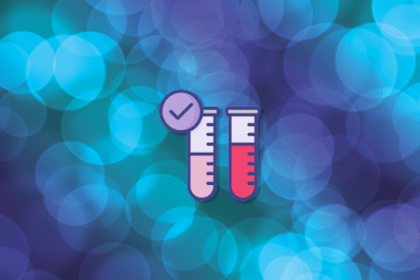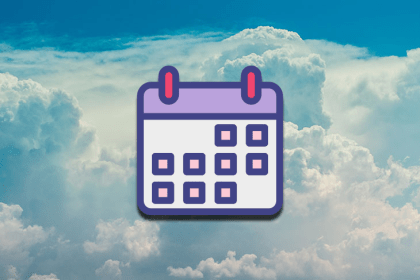
Product strategy and financial goals should work in harmony with each other.

A product qualified lead is a potential user who has experienced value from your product firsthand, often from using a product trial.

In this interview, Sarah discusses how she drives adoption by having customers influence the roadmap and outlines her team’s “magic mountain.”

Understanding the order of magnitude is a key skill in product management so that you know where to prioritize development efforts.

In this article, we will talk about the importance of building trust and autonomy in product management leaders and teams.

Distribution channels are the methods or platforms that allow your product to reach and be accessed by its target audience.

Since an organization has multiple teams working on multiple projects, big-picture themes help everyone move in the same direction.

Product testing is the systematic process of evaluating and assessing a product’s quality, performance, safety, and compliance.

We’ll talk about the 12 Week Year, how it works, and how you can implement it to better your goal setting and execution.

A referral program is a product growth strategy to encourage retained users to introduce your product to new potential users.

An effective communicator is someone who speaks clearly, directly and simply so the listener can understand the exact message.

Process improvement involves an investigation of each stage of your product development to ensure maximum efficiency and effectiveness.